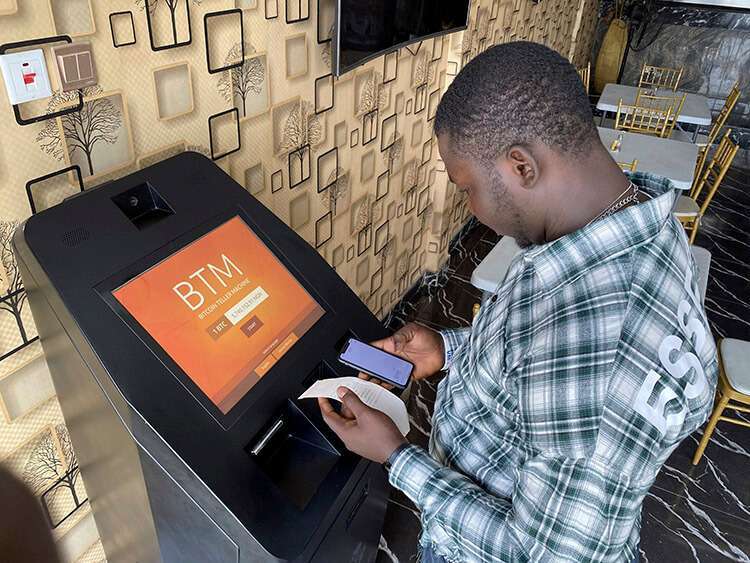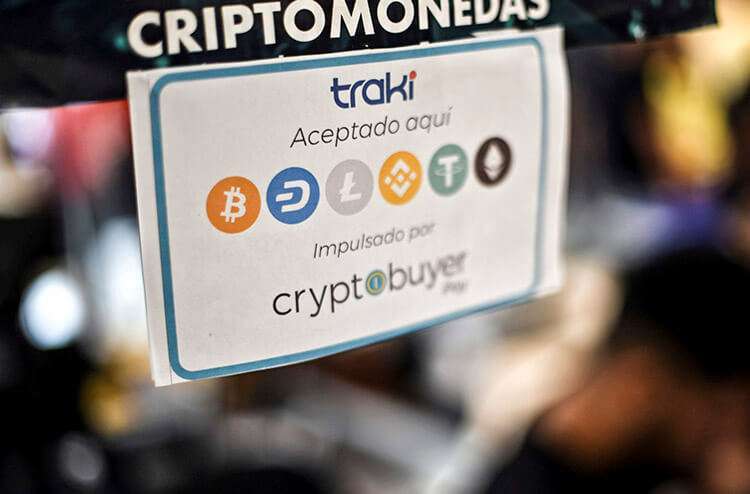Is COVID-19 driving growth in digital currencies?

Following the outbreak of COVID-19, many governments and citizens saw digital payments as an effective way to conduct transactions while reducing the risk of spreading the virus.
For example, in Kenya, the central bank waived fees for financial transactions completed via mobile banking, while in Myanmar the government sought, where possible, to distribute one-off payments to vulnerable citizens through local digital platforms such as Wave Money and OnePay.
At the same time, many private e-commerce and online delivery platforms experienced rapid increases in traffic, as the pandemic forced companies to improve their online and digital offerings.
As a result of this shift in payment preferences, monetary authorities around the world are increasingly looking at central bank digital currencies (CBDCs) as an alternative way to make transactions in an increasingly digitalised world.
Unlike cryptocurrencies, CBDCs are not a new type of currency, but rather a digital form of hard currency that is backed and issued by the central bank.

While progress has been made on CBDCs in recent years, they garnered significant attention in 2019 following the announcement that Facebook was planning to launch its own digital currency, Libra. In 2020 Covid-19 appears to have given policymakers renewed impetus to pursue CBDC research and development.
In mid-October China’s central bank issued RMB10m ($1.5m) worth of digital currency to 50,000 people in the country’s Shenzhen region via a lottery.
The pilot, which allowed those who received the currency to download and spend it at some 3000 stores, is the latest step in China’s plans to develop its new Digital Currency Electronic Payment project, which the central bank hopes to launch before the end of the year. This would make it the first such project in the world.
The country has emerged as a leader in digital currencies and the broader digital payment space, with around 80% of all payments – a total of $49trn – made through mobile platforms last year.
Movement on CBDCs is not unique to China. In January a survey by the Bank of International Settlements (BIS), the Switzerland-based organisation of central banks, found that 80% of the 66 banks surveyed were engaged in some sort of work related to CBDCs in 2019 – up from 70% a year earlier – while 50% had progressed to either experiments or pilot projects.

n another sign of the increased focus on the topic, in October the BIS, along with the central banks of Canada, England, the EU, Japan, Sweden, Switzerland and the US, released their first report on CBDCs.
In recent months the European Central Bank has said that the EU should prepare for the launch of a digital euro to complement cash payments, while in October, Timothy Lane, the deputy governor of the Bank of Canada, said the country should move faster to develop a digital currency as a result of COVID-19.
Development has also continued on non-central bank digital currencies, such as cryptocurrencies.
Unlike CBDCs, cryptocurrencies are decentralised, with their value determined by the market and not influenced by levers such as monetary policy or the trade balance.
Just as the Covid-19-induced increase in digital payments prompted central banks to further investigate their digital offerings, so too has it triggered interest in, and demand for, digital payment options like cryptocurrencies.
While the value of Bitcoin, the most well-known cryptocurrency, fell by some 50% at the onset of the pandemic in mid-March, it has since recovered to a value of around $11,900 as of October, above its pre-pandemic benchmark of $10,000.
There has been a notable increase in cryptocurrency demand in emerging markets.
In October the Switzerland-based cryptocurrency wallet BRD announced that it had surpassed 6m users globally, thanks to strong growth in India and Latin America. Established in 2015, the wallet had grown to around 550,000 active users by July, and has since added nearly 1m new users every two months.
Meanwhile, according to data from US blockchain research firm Chainalysis, the value of monthly cryptocurrency transfers to and from Africa totalling less than $10,000 increased by 55% in the 12 months to June, with the number of transfers similarly rising by half.

For many in emerging markets, cryptocurrencies are becoming a key tool to mitigate foreign exchange risk where the local currency has lost significant value against the US dollar.
Furthermore, some have argued that due to the widespread use of alternative payment methods, such as mobile money in countries like Kenya, users in Africa have a relatively good understanding of digital currencies and may therefore be more willing to engage with non-traditional payment methods.
While there are significant opportunities in the development of digital currencies, there are also concerns over the security of such payment systems.
In a report from October, the IMF noted that, without proper safeguards, the development of CBDCs could erode the influence of central banks, weakening the impact of monetary policy and possibly leading to greater currency instability.
The fund also warned that a failure to properly regulate CBDCs and cryptocurrencies could lead to an increase in illicit finance and make it more difficult for local authorities to enforce checks on capital flows.









